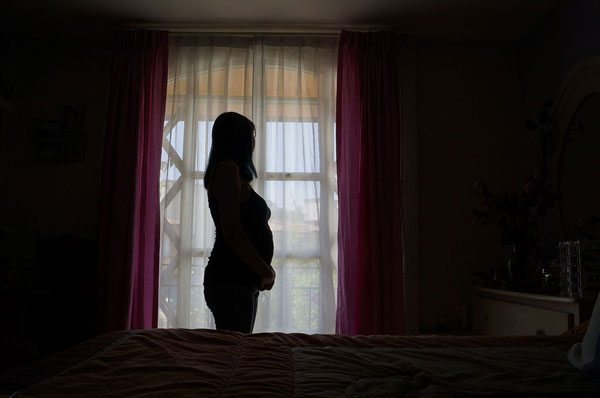
February 18, 2018; NPR
In its first budget draft, the Trump administration vowed to cut hundreds of millions of dollars in funding to the highly-lauded Teen Pregnancy Prevention Program (TPPP). As NPQ readers may recall, this move was seen by advocates as one rooted in a political and moral debate, not based on scientific fact. Now, nine organizations are fighting back by suing the Trump administration for failing to act in accordance with the Administrative Procedure Act and for the “unlawful impoundment of appropriated funds.”
The Teen Pregnancy Prevention Program (TPPP) was a Congressionally mandated effort established in 2009. The goal was to take pregnancy prevention models proven to work through rigorous evaluation and implement them in areas where teens are at high risk of unintentional pregnancy. Additional funding was secured to support research and innovation in the development of new methods of approaching teen pregnancy prevention.
According to the Department of Health and Human Services’ own impact report, since the inception of the TPPP, a federal program that had a budget in FY 2016 of $101 million, teen pregnancy has decreased by 29 percent. Teen pregnancy, the agency notes, costs taxpayers an estimated $9.4 billion a year. In other words, even if the agency’s programs were only responsible for a tenth of the 29-percent decline, the program more than pays for itself. The report goes on to indicate that “teen birth rates are at historic lows and there have been substantial declines in all 50 states and among all racial/ethnic groups.”
Given this success, it is understandable that TPPP programs receiving HHS funding were shocked to receive notice that their grant funding would be ending prematurely. In Fall 2017, HHS announced that the TPPP would be terminated, and the proposed budget put forth by the Trump administration did not seek funding for the continuation of the TPPP. A spokeswoman for HHS indicated that the premature termination of the funding was because the TPPP failed to provide results. She said, “Teen birth rates have been declining since 1992 and less than one percent of the teen population has been served by TPPP. Of the 37 projects funded and evaluated for a 2016 report, 73 percent had no impact or had a negative impact on teen behavior.” Notably, this statement stands in stark contrast to the results HHS has published on its own site.
Sign up for our free newsletters
Subscribe to NPQ's newsletters to have our top stories delivered directly to your inbox.
By signing up, you agree to our privacy policy and terms of use, and to receive messages from NPQ and our partners.
Moreover, in a double whammy, the Trump administration 2019 budget allocates $75 million towards abstinence-only programs, which have been proven time and again not to work. This, coupled with the HHS spokeswoman’s comments, give credence to the lawsuit’s contention that the Trump administration is acting in an “arbitrary and capricious” manner in terminating this program.
To start with, if the HHS spokeswoman’s comments hold true—that the TPPP is being terminated because it cannot prove efficacy—then neither TPPP nor abstinence-only education should be funded, as both programs evidently do not produce the intended results. Furthermore, Congress did not terminate the TPPP when the fiscal year began. Rather, Congress continued funding the TPPP through the Continuing Appropriations Act of 2018, which extended funding from the start of the federal fiscal year to present day. Thus, by terminating the program, the Trump administration is acting illegally by not spending funds appropriated by Congress. Lastly, according to the Washington Post, “the lawsuit filed by Planned Parenthood argues that the decision goes against HHS’s own regulations regarding the termination of grants, that it goes against Congress’s mandate that HHS fund ‘medically accurate and age appropriate programs that reduce teen pregnancy,’ and that it ‘excessively entangles’ the government with religion.”
Beyond these legal ramifications, the move by the Trump administration to terminate the TPPP is a disheartening move toward deepening the political divide. The TPPP, which has garnered bipartisan support, has been touted as “good government at work.” It was an effort to push an important issue beyond political and moral stances to identify solutions that work. (From this viewpoint, it can be argued that if abstinence-only programs had proven results, it would have been the model replicated throughout TPP programs.) This nonpartisan approach to an issue that is a detriment not only to American youth but also to the economy was a breath of fresh air, the shining example of a time that politicians put aside their party beliefs to truly solve an issue.
With the impending lawsuits, filed in four jurisdictions, hopefully funding for TPPP will continue. This is a critical program that not only benefits 1.2 million youth but also serves as a model for politicians to come together in support of evidence-based programs.—Sheela Nimishakavi












